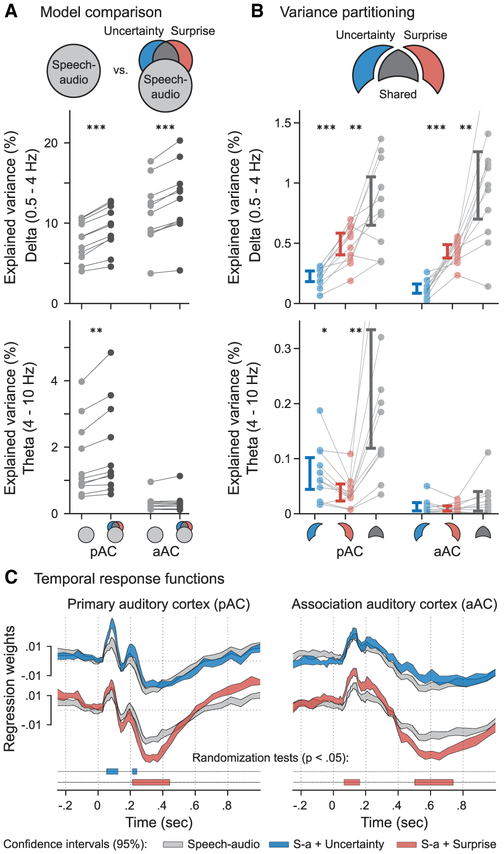Figure 4. Contextual Uncertainty and Surprise Selectively Modulate Theta and Delta Band Responses.
(A) We compared cross-validation performances of the speech-audio model to those of a model with the predictive coding features “uncertainty” and “surprise.” Predictive coding outperformed the speech-audio model across both spatial components for the delta band and for pAC in the theta band.
(B) We showed (using variance partitioning) how much variance in the neural signal was explained uniquely by uncertainty and surprise, as well as shared contributions from both features. While the shared contribution was the largest (as expected, since the features are correlated), we found a remarkable difference between frequency bands: delta-band activity was better explained by surprise, while theta-band activity (which is dominant in pAC) was better explained by uncertainty. Error bars show 95% CIs.
(C) TRFs averaged for different feature spaces: these traces can be interpreted as neural responses to a speech input of low uncertainty and surprise (gray traces), high uncertainty (blue traces), and high surprise (red traces). Note that the effects of uncertainty and surprise complement the findings in the frequency domain: uncertainty enhances early theta-like responses in pAC (starting at 60 ms), and surprise enhances multiple delta-like peaks in aAC and pAC (starting at 80 ms). * p < .05, ** p < .01, *** p < .001. See also Figure S4.

